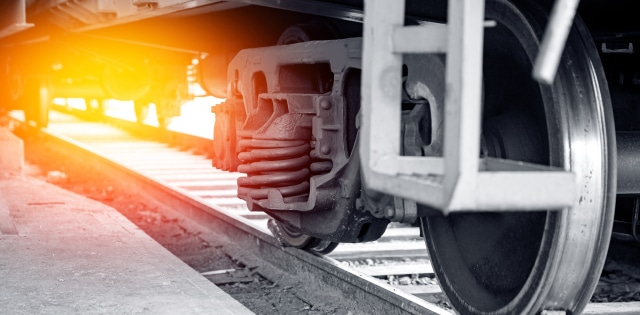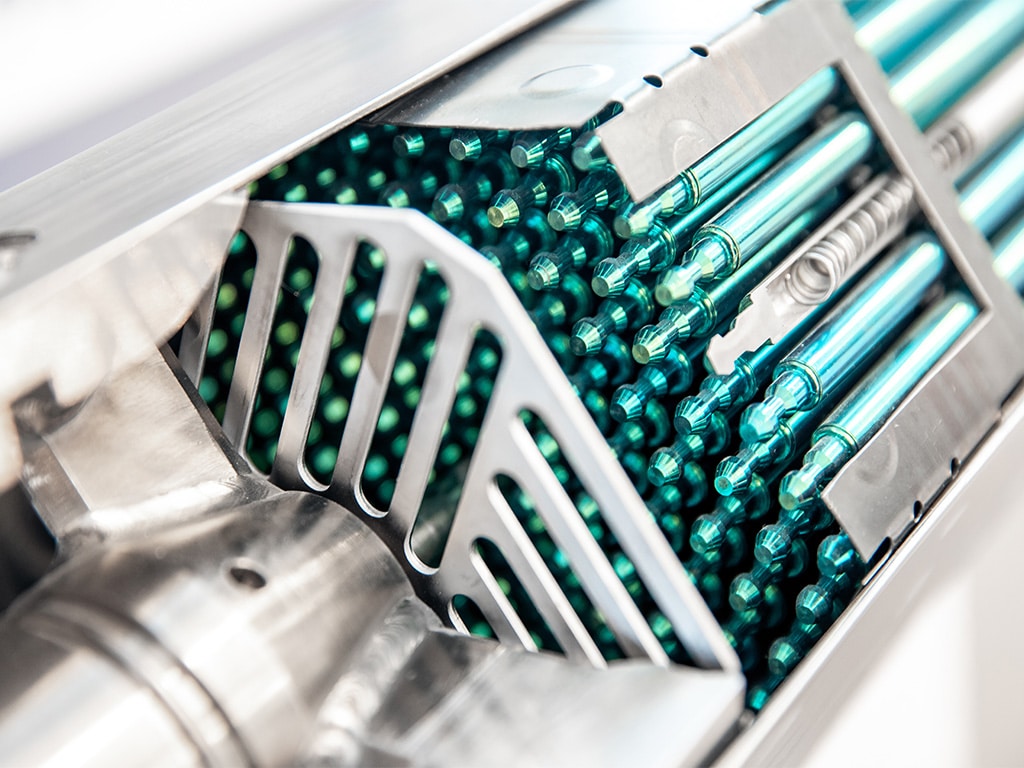
In 2022, Electricité de France (EDF), one of the world’s largest electricity producers and distributors, was forced to halt more than half of its nuclear fleet — leaving most of Europe, already heavily reliant on natural gas, in an energy crisis during a time of record prices. According to the World Nuclear Association, as of February 2023, “a total of 12 reactors were shut down, 8 of which were undergoing repairs” and “production was down 23% on the five-year average.”
One year later, over 4,000 miles away: thirty-eight cars on a Norfolk Southern freight train derailed in a fiery blaze in East Palestine, Ohio. Eleven of the cars were carrying vinyl chloride and other hazardous chemicals. While the National Transportation Safety Board (NTSB) investigation is ongoing, some facts regarding the cause of the crash have recently come to light.
What do two disparate events, in different industries, miles apart, have in common? Both were the result of highly preventable metal failures.
Here, we’ll provide an overview of the types of metal failure thought to be behind both events. This discussion will also cover the financial, legal, environmental, and economic implications these events have on the involved companies and society at large and explore measures to mitigate future risk and prevent metal failure.
Pipe welds, wheel bearings, and harsh operating conditions
Most press accounts covering EDF, as well as reports from the World Nuclear Organization, said that maintenance checks in late 2021 showed corrosion near pipe welds of Civaux 1, a pressurized water reactor (PWR) in France.
In PWRs, commonly used for generating electrical power, the pressurized primary coolant (water) prevents boiling. This pressurized water transfers heat from the reactor core, typically composed of uranium dioxide fuel rods arranged in a regular pattern, to a secondary loop of water, which then powers a turbine to generate electricity.
The pipes in pressurized water reactors are typically made of a high-strength alloy, such as stainless steel or a nickel-chromium-iron alloy known as Inconel. While chosen for their ability to withstand high temperatures and pressures, these materials aren’t immune to corrosion and other forms of degradation over time. Subsequent maintenance checks at different nuclear reactors revealed stress corrosion in weld zones. In February 2023, EDF identified 16 reactors where the pipework was most susceptible to cracking, as reported in an article by World Nuclear News. Of the reactors most at risk of corrosion, “10 of those have been or are currently being repaired. EDF plans to replace pipes on the remaining six reactors and one other reactor by the end of this year.”

Uranium dioxide fuel rods arranged in a nuclear reactor.
Corrosion in Nuclear Reactors and Overheating in Freight Trains: A Dual Perspective on Metal Failure
In the same month, the NTSB was conducting its own investigation to determine the likely cause of the Norfolk Southern freight train derailment in East Palestine, Ohio. A recent NTSB report indicates that “surveillance video from a local residence showed what appeared to be a wheel bearing in the final stage of overheat failure moments before the derailment.” The wheel set from this railcar was sent to the NTSB Materials Laboratory for metallurgical examination.
Critical components of freight cars, wheel bearings transfer the weight of the car and its cargo to the axle while allowing the axle, and its wheels to rotate. There are many ASTM standard specifications — Highly Loaded Anti-Friction Bearing Steel, High-Carbon Anti-Friction Bearing Steel, and Carburizing Steels for Anti-Friction Bearings, to name a few — covering the type of steel that is appropriate for use in a rolling element bearing.
If defective, the bearing can become overheated and no longer function properly to prevent metal failure. According to the FRA, in some cases, “a bearing’s raceway may deteriorate rapidly and cause excessive roller misalignment. The misaligned rollers generate frictional heating, which can weaken an axle in just a few minutes and may lead to a catastrophic derailment.”
What is a Hot Bearing Detector?
It’s important to note that Norfolk Southern’s rail network utilizes Hot Bearing Detector (HBD) systems to warn freight train operators of overheated bearings to prevent metal failure. According to the NTSB, Norfolk Southern’s alarm thresholds for the bearings are as follows:
- Between 170°F and 200°F, warm bearing (non-critical); stop and inspect
- A difference between bearings on the same axle greater than or equal to 115°F (non-critical); stop and inspect
- Greater than 200°F (critical); set out railcar
The freight train went through three HBD systems before derailment; by the time it reached the third, at MP 49.81, the bearing in question recorded a temperature at 253°F above ambient – critical.

Undercarriage assembly (bogie) view of freight train at high speed
Future-proof engineering designs
A series of events ultimately caused the EDF nuclear reactor shutdowns in France and the Norfolk Southern freight train derailment in Ohio. However, officials are also focusing on design issues that may have contributed to both failures.
What is clear: corrosive metal failure and friction damage have significant business, safety, and environmental repercussions. There are ways to mitigate these risks — both proactively, in the design phase, and reactively, via preventative maintenance — through services provided by the Armoloy Innovation Center and our protective coatings such as Electrolizing® Thin Dense Chrome (TDC).
The Innovation Center is home to our metallurgical consultant service and chemical laboratory, where our experts work with clients to develop coating and plating applications during the initial design process and for post-production maintenance. For example, Electrolizing thin dense chrome provides a protective barrier that offers low porosity, improves hardness, and ensures excellent adhesion between the coating and the substrate in both the design and preventative maintenance stages — before metal failure becomes dangerous and costly.
From nuclear power to machining components, Electrolizing® coating is effective across myriad industries. When applied to a variety of metal substrates, our thin dense chrome enhances their resistance to wear, friction, and corrosion. Key benefits include:
- High surface hardness
- Excellent wear characteristics
- Low coefficient of friction
- High temperature range
- Excels in difficult and harsh environments
Prevent Metal Failure with Electrolizing TDC.
While you can apply metal coatings to equipment and components at any point in their lifecycle, incorporating thin dense chrome from the very beginning design stage maximizes their protective power and the effectiveness of the items. Engineered for superior performance, Armoloy® coatings have undergone corrosion and friction testing and received acceptance for use in harsh environments.